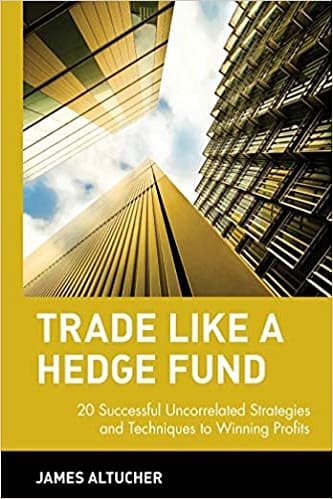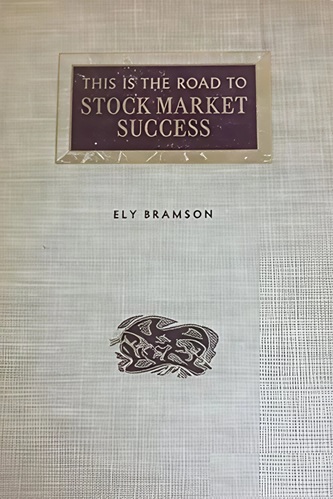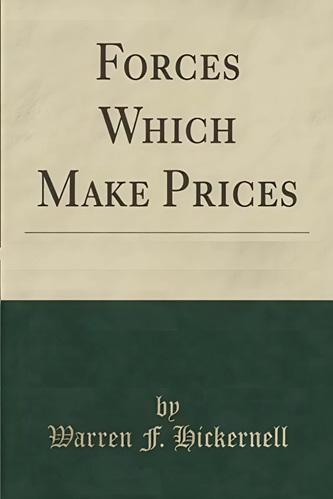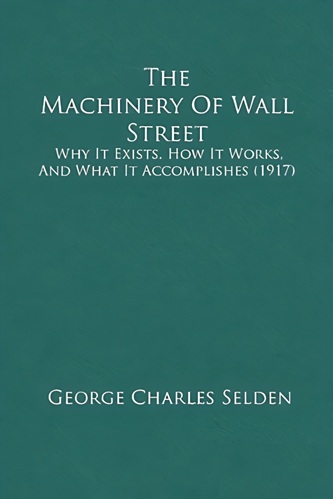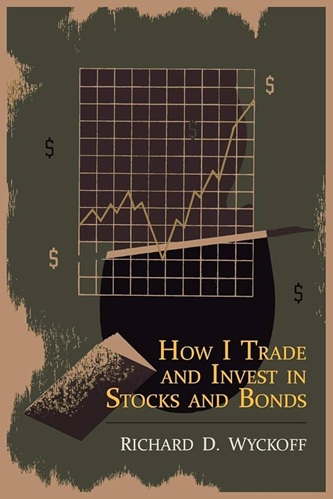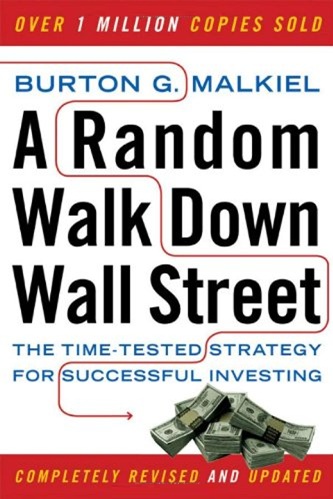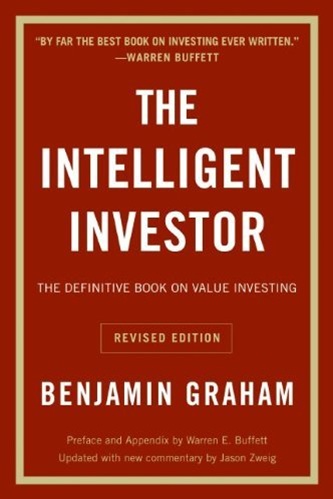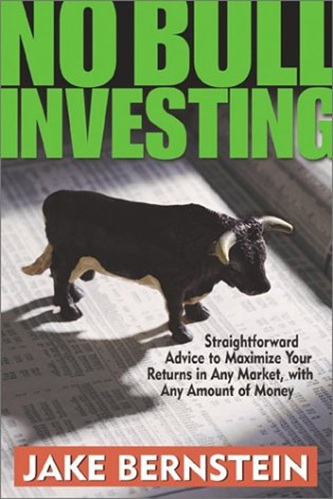Trade Like a Hedge Fund: 20 Successful Uncorrelated Strategies and Techniques to Winning Profits
$22.13
| Author(s) | |
|---|---|
| Format |
|
| Pages |
238 |
| Publication Year |
2004 |
Trade Like a Hedge Fund capitalizes on this phenomenon and builds on it by bringing fresh and practical ideas to the trading table. This book shares 20 uncorrelated trading strategies and techniques that will enable readers to trade and invest like never before. With detailed examples and up-to-the-minute trading advice, Trade Like a Hedge Fund is a unique book that will help readers increase the value of their portfolios, while decreasing risk.
Author’s Introduction:
When I first told my investors and partners I was doing a book, most of them were somewhat upset. One of my investors, a prominent hedge fund manager in his own right, was very upset at the thought of sharing good research with people. One of my partners, after reading a few of the sample techniques, told me he was going to buy all of the books when they came out and hold a big bonfire. And then there is always the question I wonder when I read investment books: If these systems are so good, why not just use them to print money all day long? Why write about them?
Well, I have several answers. For one thing, I have learned a lot during the process of researching this book. Although I have been using many of these systems for years, there are always new subtleties, new twists, in every system. Despite being a systematic trader, I am a personal believer that it is impossible to just rest on your laurels and use a black box that prints money forever. Every system needs to be constantly researched and further developed, new avenues explored, former old paths disbanded. Many of the new twists I have looked at during the process of putting together this book actually helped make me money over the past several months—money I perhaps would not have made for myself and my investors if the research had not been so focused. System development and trading is a constantly evolving process. It is that process of continual development that makes someone a successful systematic trader, not the systems themselves.
For another thing, while I believe the systems and patterns mentioned in this book will bring success to those who apply them with discipline, I also feel they should be viewed as stepping stones for further research. The markets are a very big place with many hidden pockets of inefficiency. And yet those pockets are constantly changing. I think the ideas in this book are great places to start when looking for further inefficiencies, and I think the ultimate success readers will enjoy is when they start finding those inefficiencies for themselves.
Contents:
- ECHNIQUE 1: The Bread and Butter Trade—Playing Gaps.
- TECHNIQUE 2: How to Play the QQ Q-SPY Spread Using Unilateral Pairs Trading.
- TECHNIQUE 3: Buying Bankruptcies.
- TECHNIQUE 4: Using the TICK.
- TECHNIQUE 5: Playing the Bands.
- TECHNIQUE 6: Stocks Less Than $5.
- TECHNIQUE 7: The Slow Turtle.
- TECHNIQUE 8: The QQQ Crash System.
- TECHNIQUE 9: The Relative Fed Model (and Other Fun Things You Can Do with Yields).
- TECHNIQUE 10: Deletions from the Indexes.
- TECHNIQUE 11: Everything You Wanted to Know About the 200-Day Moving Average but Were Afraid to Ask.
- TECHNIQUE 12: End of Quarter, End of Month, Outside Month.
- TECHNIQUE 13: Ten Percent Down—Panic 101.
- TECHNIQUE 14: Taking Advantage of Option Expiration Day.
- TECHNIQUE 15: Extreme Convertible Arbitrage.
- TECHNIQUE 16: Intraday Bollinger Bands.
- TECHNIQUE 17: All Good Things Come in Fours (“4” Is a Magic Number).
- TECHNIQUE 18: The Wednesday Reversal.
- TECHNIQUE 19: What Does Not Work?
- TECHNIQUE 20: Reading List.
Trade Like a Hedge Fund: 20 Successful Uncorrelated Strategies and Techniques to Winning Profits By James Altucher pdf

